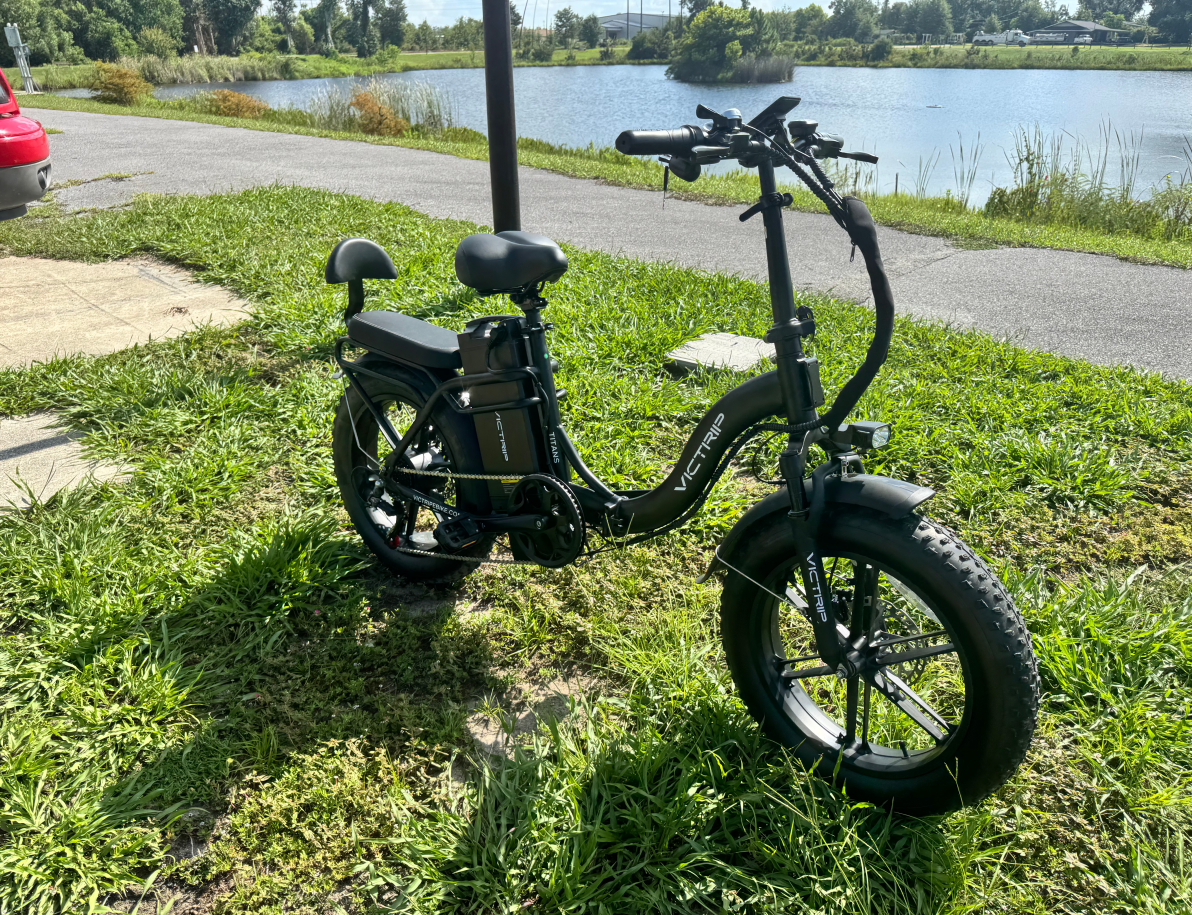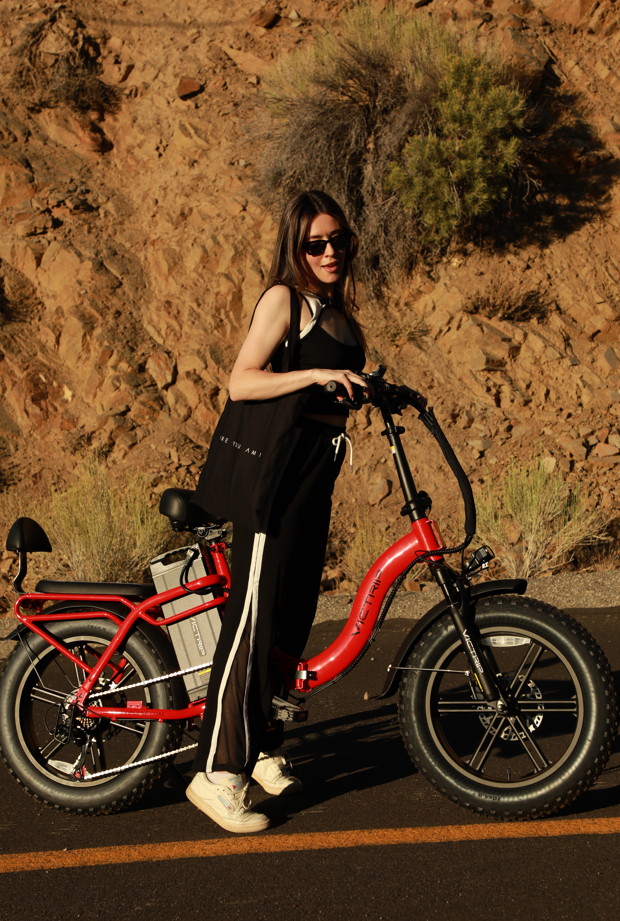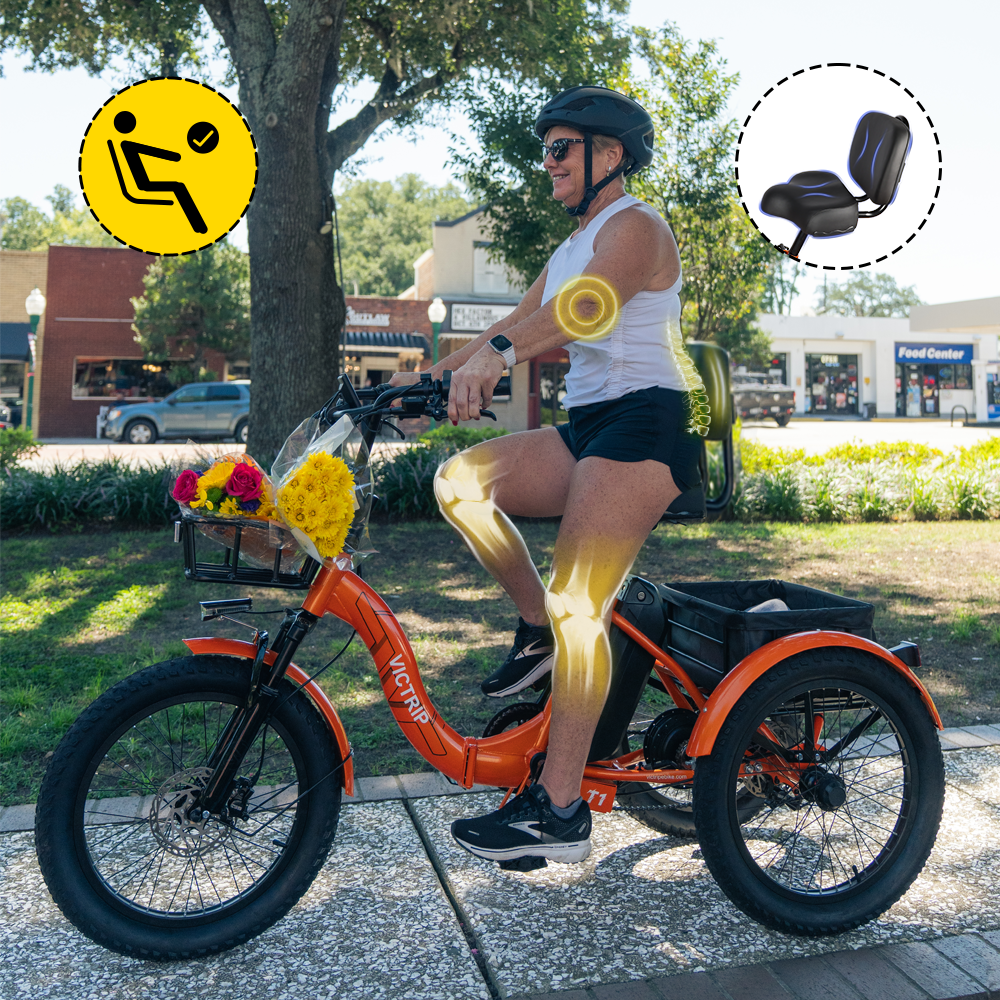Electric bicycles, or e-bikes for short, are becoming increasingly popular around the world as people look for greener, more efficient, and cost-effective ways to commute or get around.
Many regulations have been put in place since ebikes started entering the market. By now we know that electric bikes are here to stay for good. They have changed the biking industry in a tremendous way. Keep in mind that rules and regulations in the United States vary by state and city, so make sure to do your research on where you can ride your electric bike.

There are many different factors, as mentioned before, a new ebike rider should take into consideration when purchasing the best electric bike for them. Most importantly, which type of ebike you’re looking for, and if you’re able to ride it where you live. While most states have adopted the 3 tier classification of ebikes, there are still others that haven’t.
THE THREE CLASSES OF EBIKES
By learning about the different class of ebikes, you will get a better understanding of how they can benefit you, where you can ride them, and the best use case for you. In addition, knowing this information gives a better glimpse into the types of ebikes you can find on the market, as well as ebike options available to you.
Let’s take a look.
Class 1 Ebikes
What is a class 1 electric bike? Class 1 ebike definition is having a maximum speed of 20 MPH and is equipped with an electric motor without throttle that works when the rider is pedaling, also known as pedal assist.
What is pedal assist? An electric motor with pedal assist is an ebike whose drive system is only activated once you start pedaling. Once you start pedaling you will be able to get up to 20 mph (miles per hour) on your ebike.
Class 1 ebike riders are given the permission to ride anywhere you would ride any other type of bike due to the low speed and operation. Meaning electric bikes are allowed on bike lanes, bike paths, and on the road. To sum up, ebikes are classified as class one ebikes when they have pedal assist only and tops out at 20 mph. This means there is no throttle on the bike.
Class 2 Ebikes
What is a class 2 electric bike? A class 2 e bike provides assistance when pedaling and has a maximum speed of 20 mph with a throttle.
What is a throttle, and how does it work? A throttle is a feature ebikes have that come in a grip-twist or button that you hold down to make the bike ride without pedaling.
Victrip's electric bikes have the ability to change the max speed. When your journey arrives in a state that requires the bike to meet class 2, you can easily adjust the speed to 20mph using the buttons. Apply your speed needs at any time.
Class 3 Ebikes
What is a class 3 ebike? A class 3 electric bike features pedal assist only and tops off at 28mph. Due to the high power class 3 electric bikes have, they’re not allowed on all bike paths and trails, and riders must wear a helmet and follow specific safety regulations when riding them.
| Class 1 | Class 2 | Class 3 | |
| Pedal Assist | ✔ | ✔ | ✔ |
| Throttle | ✔ | ||
| Max Speed | 20mph | 20mph | 28mph |
In conclusion, e-bikes are a fantastic way to get around, and choosing the right class is essential to ensure that you get the most out of your e-bike experience.
While understanding the basic classifications of e-bikes is crucial, it’s also important to consider a few additional factors when choosing the right bike for your needs. Here are some key aspects to keep in mind:
1. Local Regulations and Where You Can Ride Your E-Bike
As mentioned earlier, the legalities surrounding e-bikes differ depending on your location. While most states in the U.S. have adopted the three-class system, some areas might have specific rules or restrictions in place. For instance, some cities might allow Class 1 e-bikes on bike lanes but prohibit Class 3 e-bikes due to their higher speed capabilities. It’s essential to research local ordinances to ensure that your e-bike complies with local laws.
Some urban areas might have dedicated e-bike lanes or paths, while rural regions may offer more open roads where you can ride without restrictions. Always check for any additional requirements like helmet laws, age restrictions, or special permits needed in your area.
2. Your Personal Riding Needs and Preferences
Each class of e-bike is designed to meet different riding preferences and needs. Before purchasing, consider the following questions:
-
What will you primarily use your e-bike for? Are you planning to use it for commuting, recreation, or off-road adventures? A Class 1 or Class 2 bike may be ideal for commuting, while a Class 3 bike could be better suited for longer rides or more challenging terrain.
-
How important is speed and power to you? If you’re someone who enjoys a quick pace or needs to cover long distances efficiently, a Class 3 e-bike could be your best choice. However, if you're a beginner or looking for a more laid-back experience, a Class 1 bike might be sufficient.
-
What terrain will you be riding on? If you’ll be riding on rough, uneven, or off-road trails, make sure to choose an e-bike that’s equipped to handle such conditions. Some Class 3 e-bikes are equipped with more powerful motors and suspension systems, making them ideal for rugged terrains.
3. Battery Life and Charging Time
The class of your e-bike may also influence its battery life and charging time. For instance, Class 3 e-bikes with higher speeds and more powerful motors might require larger batteries, which could take longer to charge compared to a Class 1 e-bike. Consider the range that you’ll need for your daily commute or recreational rides. A longer battery life is essential for long-distance travel, while a smaller battery may be more appropriate for short urban trips.
4. Cost Differences Between Classes
Generally, Class 3 e-bikes tend to be more expensive than Class 1 or Class 2 models due to their increased power and higher-speed capabilities. If you’re working with a budget, it’s worth considering whether you need the extra speed or power. Many Class 1 or Class 2 bikes can still provide a smooth and enjoyable ride at a more affordable price point.
5. Safety and Comfort Features
Safety is paramount when riding an e-bike, especially with higher speeds. For Class 3 bikes, which can reach speeds of up to 28 mph, it’s important to ensure that the bike is equipped with the proper safety features such as strong brakes, a reliable suspension system, and reflective elements for visibility in low light conditions. Helmets are typically mandatory, but you might also want to invest in protective gear such as gloves, knee pads, and elbow pads, especially for higher-speed rides.
Furthermore, comfort features like adjustable handlebars, cushioned seats, and ergonomic grips can make long rides more enjoyable, no matter which class of bike you choose.
Conclusion: Selecting the Right E-Bike for You
Ultimately, the best e-bike class for you will depend on your personal needs, local regulations, and riding preferences. Each class offers unique advantages that cater to different riding styles, whether you're looking for a leisurely commute, an adrenaline-pumping ride, or an all-terrain adventure. By understanding the key differences between Class 1, Class 2, and Class 3 e-bikes, you can make an informed decision and enjoy the benefits of electric cycling safely and efficiently.




Share: